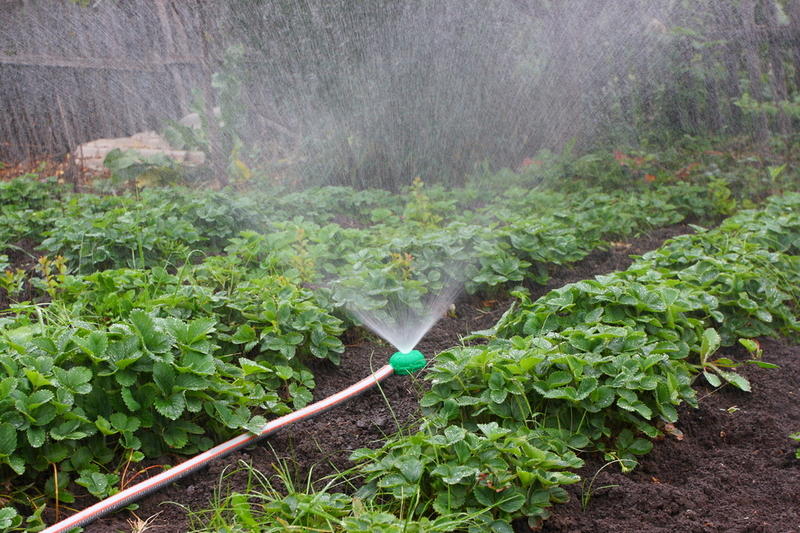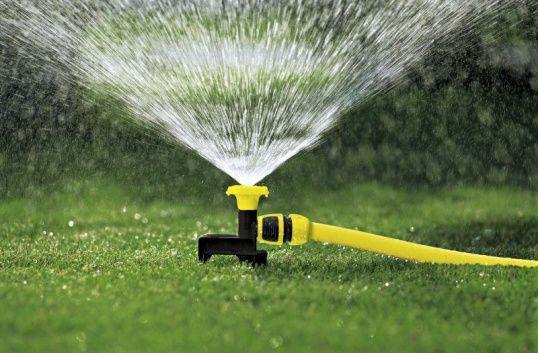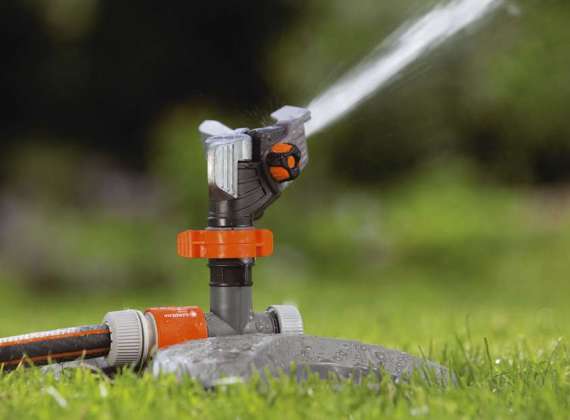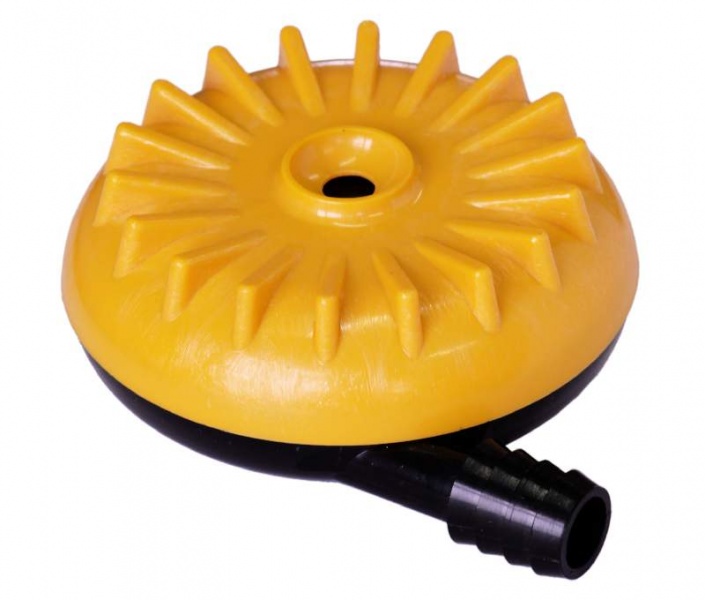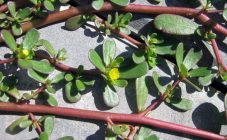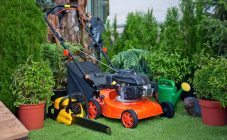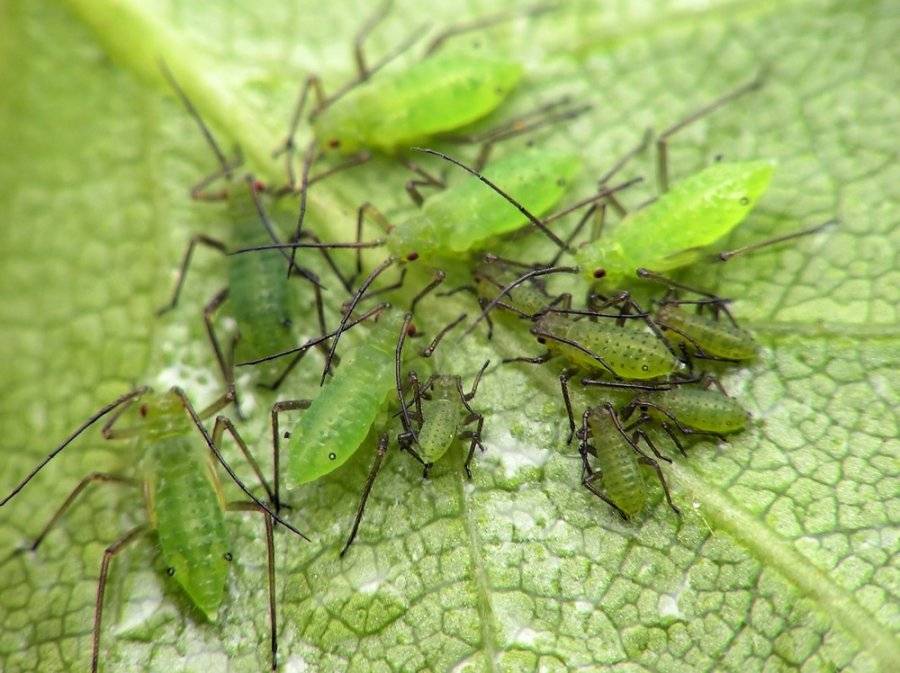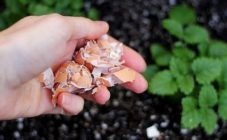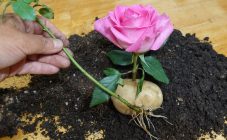The right choice of spray water for irrigation can improve agricultural technology and increase yields. In order to choose the optimal sprayer, you need to know about the advantages and disadvantages of their types. In addition, you can make the sprinkler yourself.
Varieties of sprinklers
Location type
The main indicator by which sprinklers for watering a garden are most often divided is their location relative to the ground surface. Sprinklers are divided into aboveground and underground. The first category is more common, it includes the majority of turntables, sprayers, etc. It is characterized by the fact that all its structures and materials are located on the surface of the earth. These sprinklers are widespread everywhere. Their advantage lies in the fact that any breakdown or malfunction can usually be quickly detected and repaired. In addition, they are much easier to mount and install. At the same time, such irrigators are more likely to be injured and require additional protection.
Underground (they are also drip) sprinklers are less common. Suitable for dry areas, as underground irrigation can save up to 50% moisture. Another benefit is to reduce the number of weeds that cannot grow without surface watering. The principle of operation of this method is that the liquid enters the plants from the ground thanks to the structures dug into the ground. In this case, moisture does not evaporate anywhere, but is used exclusively for plants, which ensures its economical consumption. In addition, this method provides a constant soil looseness, which improves air permeability.
Principle of operation
Static (fan)
Sprinklers belonging to this category can be presented in a wide variety of forms, but their only identical property is the absence of rotating elements in the design. These sprayers are either portable or buried in the ground. The latter are usually made in the form of cylinders, the upper part of which is extended from the general structure. One such sprayer can moisten up to 10 m2 territory. They are usually used on large areas or lawns in several pieces.
Rotary (dynamic)
The design looks almost identical to the sprayers from the previous categories. The main difference lies in the ability to rotate with the corresponding particles. Turntables for watering the garden belong to the same type. These sprinklers are capable of scattering water up to 30 meters. Individual devices, which can be dug into the ground, are configured to water a certain part of the site. Their use is justified on plots with a complex geometric structure.
Pendulum (oscillating)
Sprinklers of this type are intended for areas the length and width of which does not exceed 30 and 17 meters, respectively. They are made in the form of a movable elongated tube with holes through which spraying occurs. The sprinkler is fixed on a special stand. Attachment to the hose is carried out using a special ring, without which the sprinkler can fly off. The tube rotates in accordance with the specified trajectory, and the irrigation range is constantly variable.
Pulse
The design includes three irrigation nozzles, each of which is autonomous and configurable separately.This is necessary for better watering. Such sprinklers are usually used on large areas, as well as in orchards for irrigating trees.
Snail
These sprinklers are usually made of plastic. A nozzle is attached to the hose, connected to a branch pipe, through which the liquid is twisted and exits through a special hole in the form of a low water umbrella with a radius of up to 2 meters, evenly distributed over the covered area. Hoses from the nozzle are placed on the ground or fixed on a certain elevation or on a special tripod.
DIY garden sprinkler
In order to assemble the simplest sprinkler of water for irrigation with your own hands, old bottles are usually used. Several holes are made in a plastic container with a volume of 2 liters. Following this, they take old fountain pens, the number of which should coincide with the number of holes, and unwind them. The handle bodies are inserted into the holes. Another hole is made in the bottle cap and an adapter is inserted into it to connect to the hose. The liquid from the hose under pressure rises into the bottle and begins to flow out of the handles, spraying the plantings.
You can also prepare a garden drip irrigation system yourself. To do this, use rubber opaque hoses in which the liquid will not begin to bloom. The hoses are laid out on the ground near the plants and holes are made in them, after which water is released. The liquid from the holes will water the plants.
Choosing the right sprinkler is not a big deal if you have some knowledge of each type. The DIY sprayer design procedure is also simple and can be done easily.
